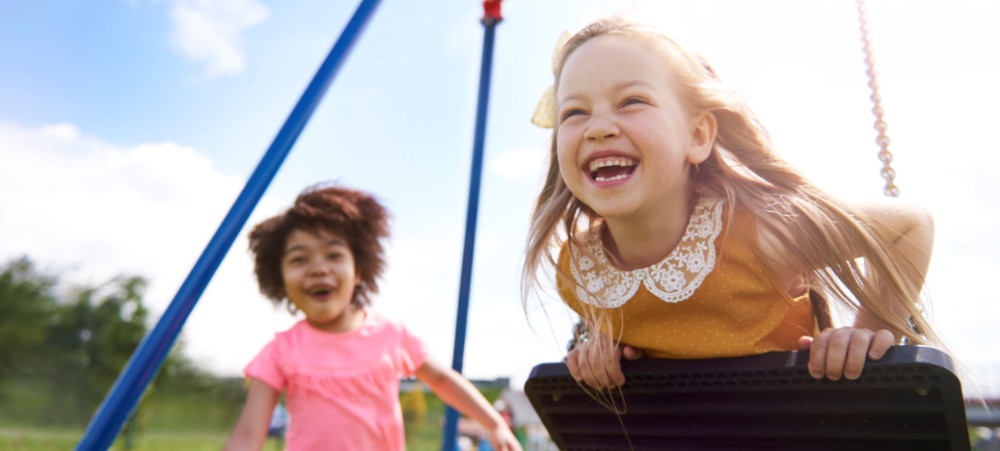
Empowering Children Through Stories In Their own Language
A love of reading is sparked when children see themselves in stories and relate it to their lives, even more so when it is shared in their home language. Xolisa Guzula – early literary specialist, author and translator – agrees that when children learn to read in their mother tongues it’s much easier to build on that foundation. However, a survey by the Publishers Association SA (2016) highlighted that only approximately 2% of children books published commercially in South Africa are in local African languages*. The effects are seen in our schools, based on the 2016 Progress in International Reading Study (PIRLS)*, which is conducted every 5 years across several countries, 78% of South African Grade 4 learners are unable to read for meaning. According to Nic Spaull*, Senior Researcher at the Stellenbosch University Economics Department, “Those who do not learn to master the basics of reading remain in catch-up mode for the rest of their lives.” Nal’ibali, a national reading for enjoyment campaign to spark children’s potential through storytelling and reading, is founded on the ethos of giving children access to stories in their home language. The organisation firmly believes that literacy skills are a strong predictor of future academic success in all subjects – and children who regularly read and hear engaging stories, in languages they understand, are well equipped and motivated to learn to read and write. Knowing this Cadbury Dairy Milk, through its inherent generosity, has committed to addressing this need through the recently established Read To Succeed initiative. This three-year initiative aims to ignite a love for reading amongst children across the country by making books in their home language more accessible. To achieve this, Cadbury Dairy Milk, in partnership with Nal’ibali, has set a goal to create and translate “a Glass and a Half” (1 500) new stories for children in their home languages, over the next three years. “Cadbury Dairy Milk is rooted in generosity, driven by the genuine desire to act on improving someone else’s situation. We know the ability to read for meaning empowers children to succeed and although there are a myriad of hurdles that may hinder this, a significant one is the sobering lack of storybooks children have access to in their mother tongues. We look forward to working with Nal’ibali, and the public, to create new children’s stories in African languages and making them accessible to all South African children. Ultimately, we want to create an impact by igniting a true love for reading amongst our children,” says Lara Sidersky, Mondelez SA Category Lead for Chocolate. Reading aids learning Guzula says, “Children are naturally intelligent and just need us to create immersive spaces conducive for learning. If there are no African language books in our libraries or homes, how can we blame children for not being able to read?” She adds, “If children never read about airplanes, mountains, cars, dinosaurs and more, and encounter these words – and concepts – for the first time in tests translated from English into their home language, how can we expect them to do well?” Language as a frame of existence Lebohang Masango, anthropologist, poet and award-winning author of Mpumi’s Magic Beads – a children’s book that has been translated into nine official South African languages – echoes Guzula, “I think it’s important for children to be able to read in their own mother tongues because that is the language that they first use to think, to communicate and to exist in the world. “This is the language that frames their entire existence, so it follows that they should be introduced to reading, mathematical literacy and other kinds of learning concepts in that language as well. I think it’s incredibly jarring to learn one language and then have to master literacy of all kinds in a different language.” She adds, “The written word is the present word. When we use indigenous languages in children’s books, instruction manuals etcetera, that’s how you legitimise them and allow them to grow. You never want a child to feel like their language does not matter. If they can learn in their own language from a young age, that gives them more dignity and pride in their mother tongue and culture.” Cultivating a culture of reading Yandiswa Xhakaza, CEO of Nal’ibali, shares that the organisation aims to make reading material accessible to children in their home languages and to create a demand for reading, “Our primary focus is to bridge the gap between speaking and reading in African languages. We understand that it’s not enough to teach children how to read if there’s no material for them to engage further with text and start to learn to decode and read for meaning. Reading books in one’s home language also enhances self-worth. “We can’t just translate stories from other countries because the context needs to reflect the people of this country. When children read stories by South Africans – or Africans – about areas they know and people they relate to, they feel seen. It changes how they view themselves and gives them the confidence. That’s why I believe this partnership with Cadbury is so powerful.” “We’re excited about working with Nal’ibali to give South African children access to stories they can relate to, understand, enjoy and feel empowered by,” ends Sidersky. Join the conversation and follow how you can participate @CadburyDairyMilkSA (Facebook) or @Cadbury_SA (Twitter and Instagram), and visit https://cadbury.co.za/promotion/our-own-words #GlassAndAHalf *Sources: https://www.news.uct.ac.za/article/-2019-01-11-solving-sas-literacy-crisis https://nicspaull.files.wordpress.com/2018/11/nic-spaull-and-elizabeth-pretorious.pdf https://www.news24.com/citypress/news/want-to-read-to-your-children-in-your-mother-tongue-check-out-these-books-20190221 https://nces.ed.gov/surveys/pirls/ https://africasacountry.com/2019/04/why-are-south-african-children-struggling-to-read-properly https://www.publishsa.co.za/file/1519203677awr-2016publishingindustrysurvey.pdf https://www.businesslive.co.za/bd/companies/retail-and-consumer/2021-04-28-game-pins-hopes-on-selling-african-language-childrens-books-in-turnaround-drive/


































